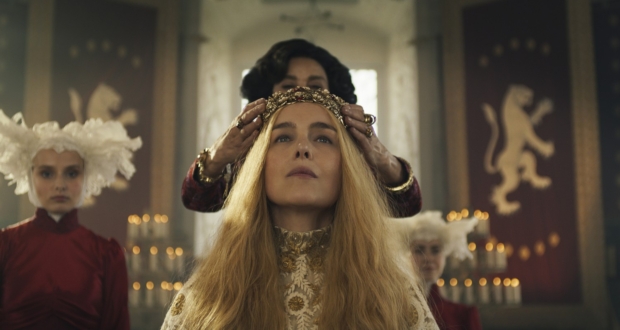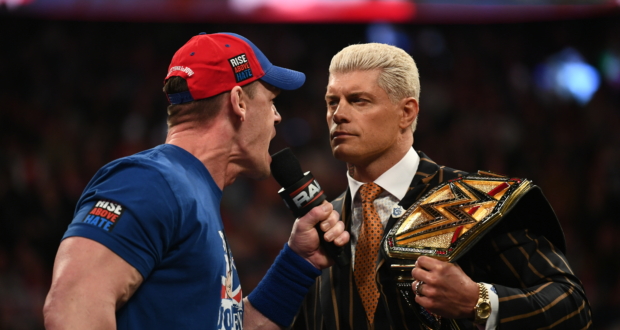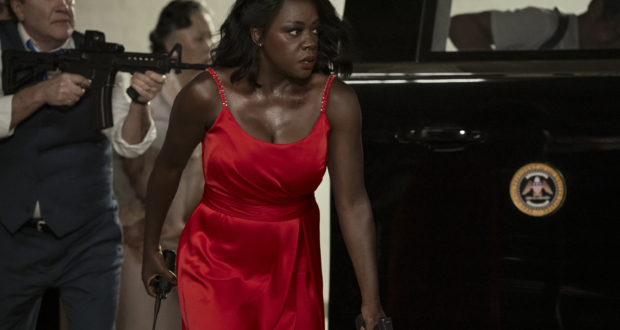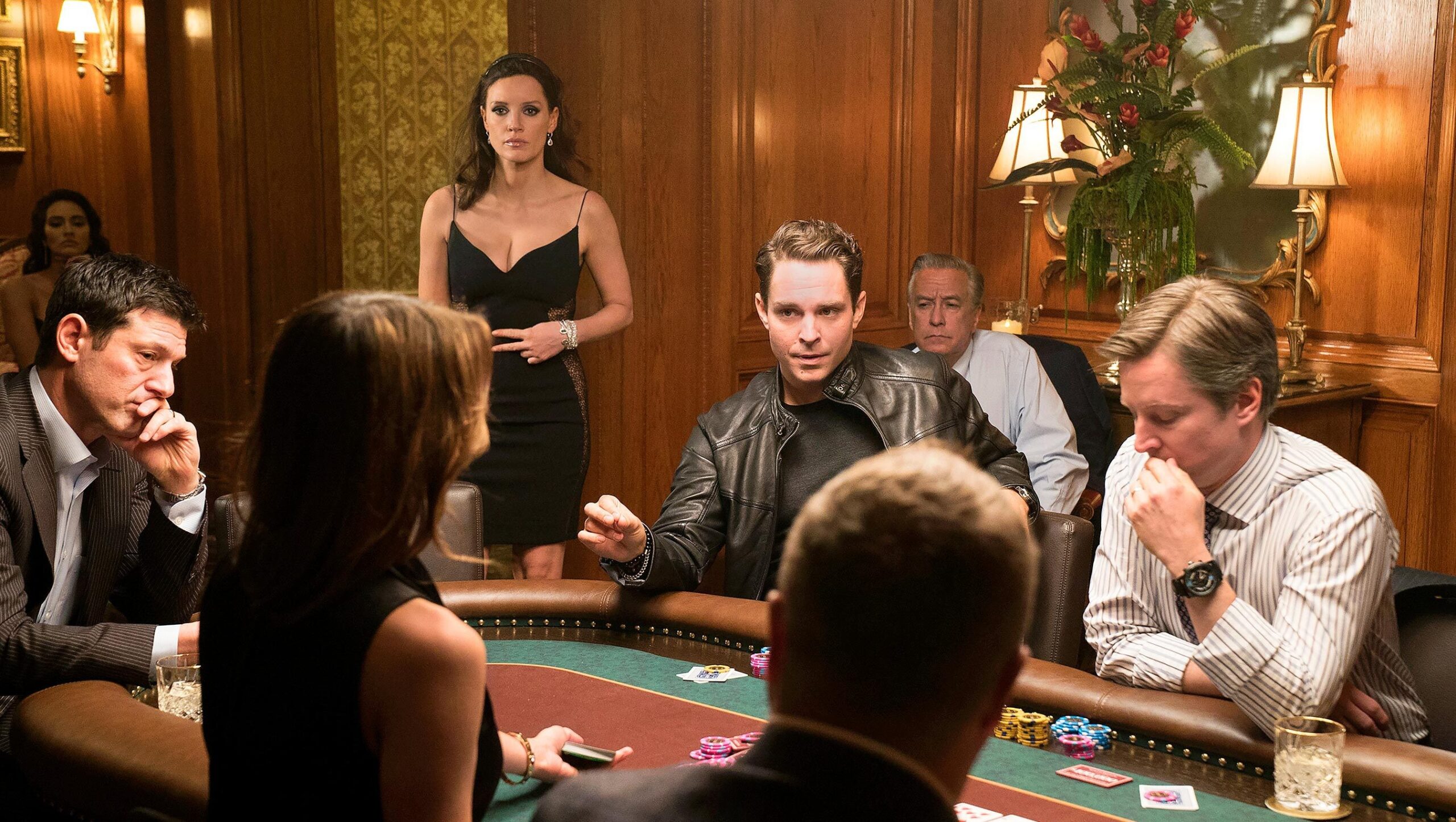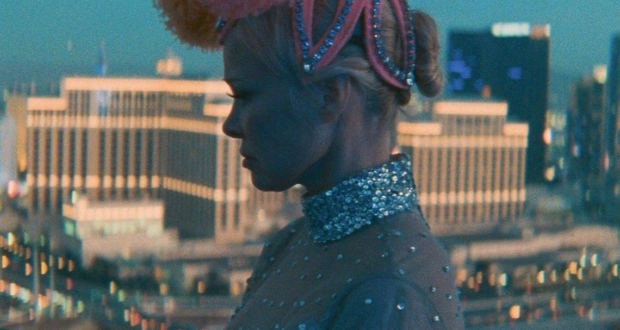While video games began as a source of entertainment, they have since embedded themselves into the fabric of pop culture, mostly through movies and television. The appearance of video games in films ranges from subtle mentions to the central focus of the plot. In all cases, when video games appear on the big screen, you know it’s a paid product placement. Still, that doesn’t take away from the fact that video games can support a deeper, more relatable plot.
Video games are often a subtle product placement
Most of the time, video games appear in TV and movies as background elements to subtly promote a console or game without being too obvious. For example, in an episode of Seinfeld, George finds an old Frogger arcade machine that still displays his highest score from many years ago. He tries to save the machine, but when he pushes it across the street it gets smashed by a big rig. And in an episode of Friends, Chandler brings home a Ms. Pac-Man arcade machine that leads to hilarious interactions while also promoting the game.
Product placements also support the sale of accessories, like carrying cases and protective cases. For example, if a movie were to feature a character playing the new Nintendo Switch 2 console, it would naturally influence more Nintendo Switch 2 case sales along with any other popular accessories being offered.
Sometimes video games drive the entire plot
While some product placements are subtle, others drive the whole plot. There are three memorable examples of this:
- Tron (1982). In this movie, a programmer gets transported into a mainframe computer where he has to navigate gladiator games. The entire plot was designed to represent the Tron arcade game released that same year.
- The Last Starfighter (1984). While playing an arcade game called “Starfighter,” a teenager gets recruited as a pilot for the Star League and engages in an intergalactic conflict. Although this video game was entirely fictional, Nintendo later released a game named The Last Starfighter in 1990.
- The Wizard (1989). Perhaps one of the most well known video game movies of all time, The Wizard was a feature-length advertisement for Nintendo’s Super Mario Bros. 3, as well as Teenage Mutant Ninja Turtles, Ninja Gaiden, Mega Man 2, Red Racer, and RC Pro-Am.
The main character, Corey, breaks his little brother Jimmy out of a mental institution and they run off to California. Along the way, they meet a girl named Haley, who discovers that Jimmy is a video game whiz. They all decide to hitchhike to a video game competition to win $50,000 while the boys’ parents hire a bounty hunter to find them.
Despite the obvious nature of these product placements, these movies have become classic entertainment.
Video games can enhance a film’s authenticity
Considering movies are supposed to imitate life, there’s no getting around incorporating video games into some plots. It just makes the characters seem more real. Even so, it still influences purchases. For example, when Frank Underwood played Monument Valley in House of Cards, it led to a huge spike in game downloads. The same happened after a character could be seen playing The Getaway in Superbad.
Video game references can elicit nostalgia
Sometimes video game placements in movies are more about eliciting a sense of nostalgia from the audience rather than trying to sell a game or console. This is a strategy writers and producers use to connect better with their audience. For example, Wreck-It-Ralph (2012) and Ready Player One (2018) tap into nostalgia through references to numerous classic video games and characters.
Video games can be used to make people think
There are a handful of times when movie plots have used video games to make people think. For example, WarGames (1983) featured a teenager interacting with a military supercomputer that nearly destroys the world and is interpreted as a warning about technology’s double-edged sword. Black Mirror: Bandersnatch (2018) uses video game decision-making to explore the concept of free will v. control.
Some video game depictions are just extensions of the brand
In some cases, video game makers create films based on their games and characters. It’s just another way to appeal to their existing audience.
It’s more than just a product placement
From nostalgic throwbacks to plot-drivers, video games have become more than just background noise on the big screen. Sometimes they’re nothing more than product placements, but often, they shape a character, create conflict, or mirror society’s relationship with technology. Although Hollywood blurs the line between storytelling and marketing, video games have become a central and unforgettable aspect of pop culture.



